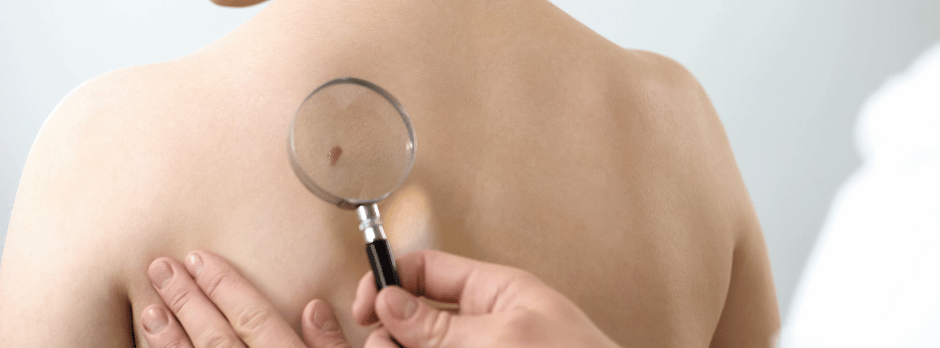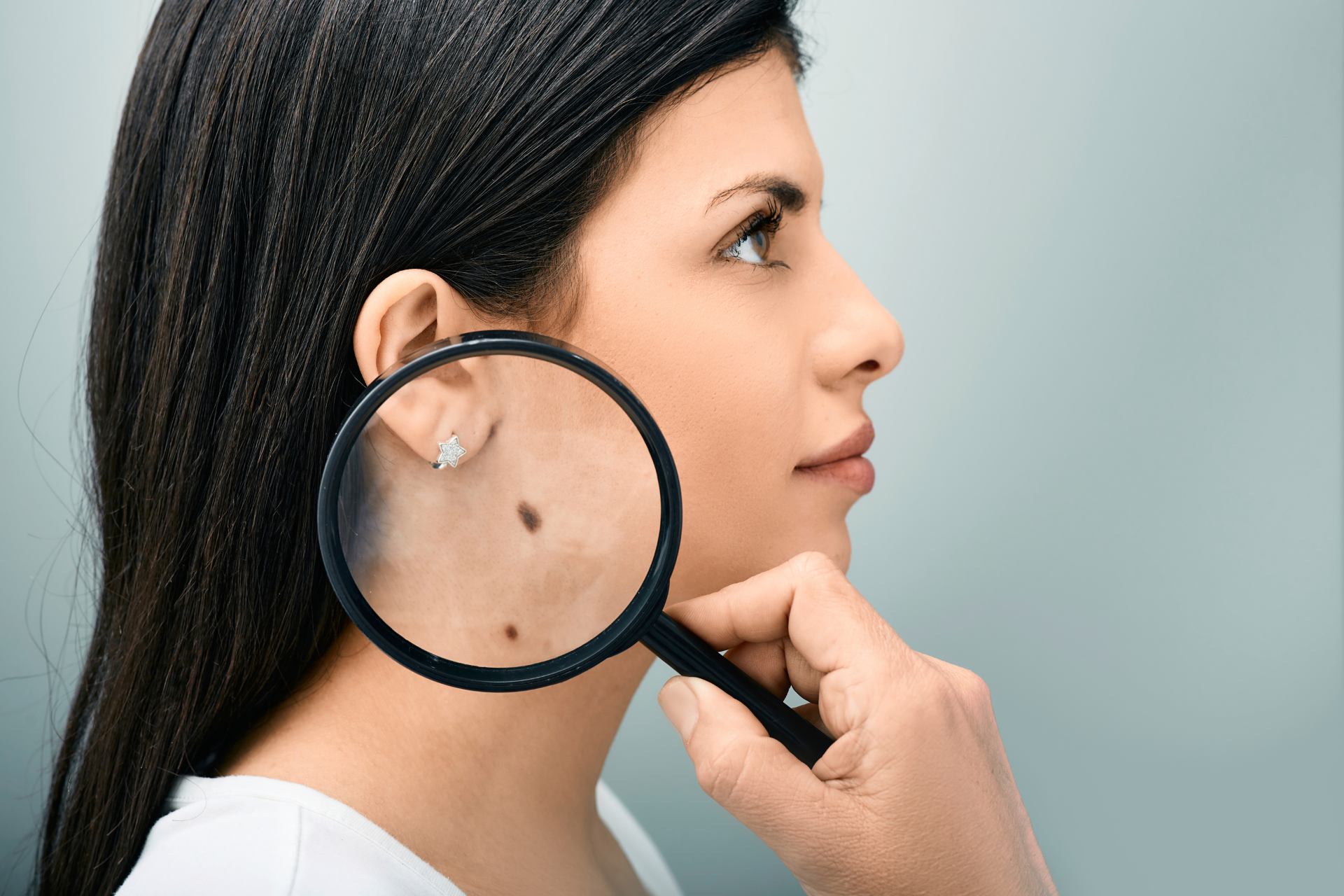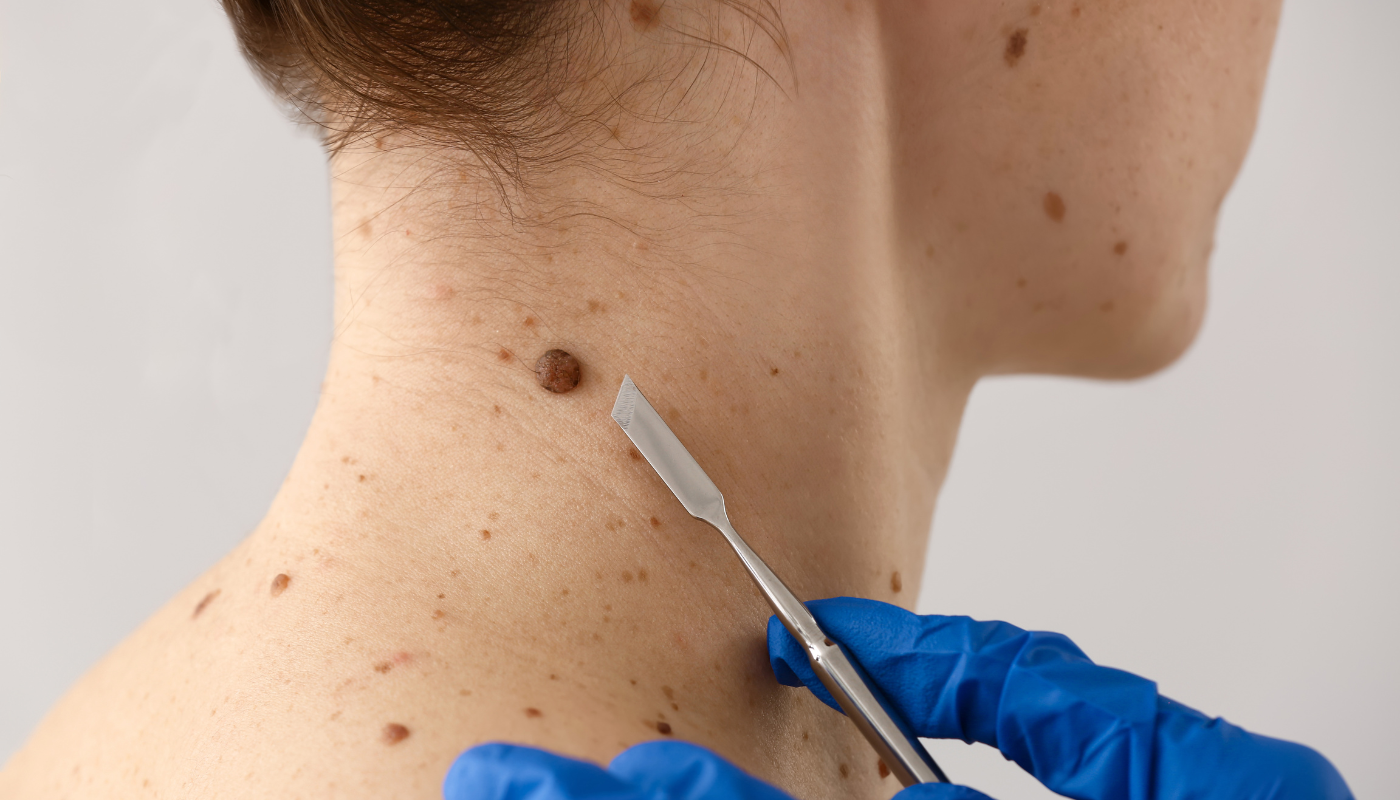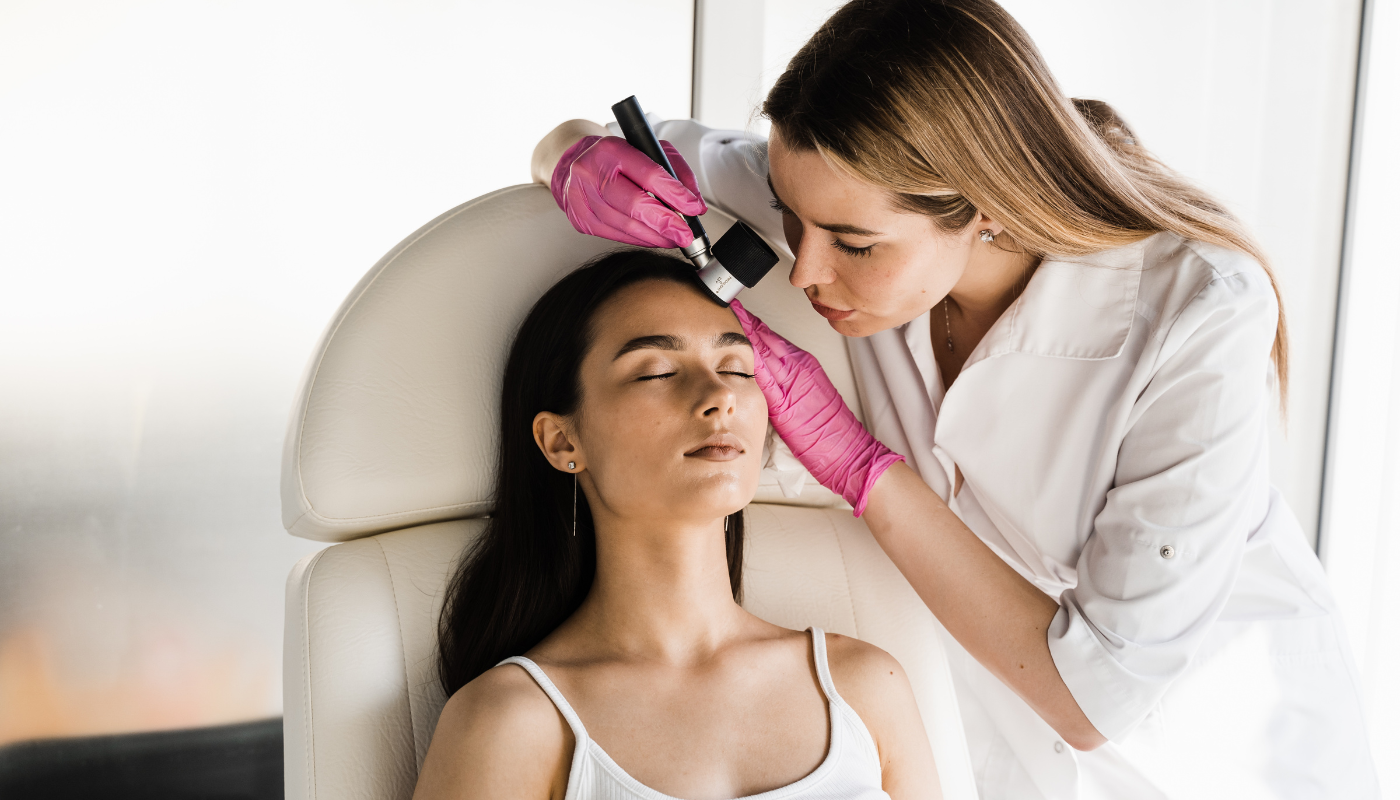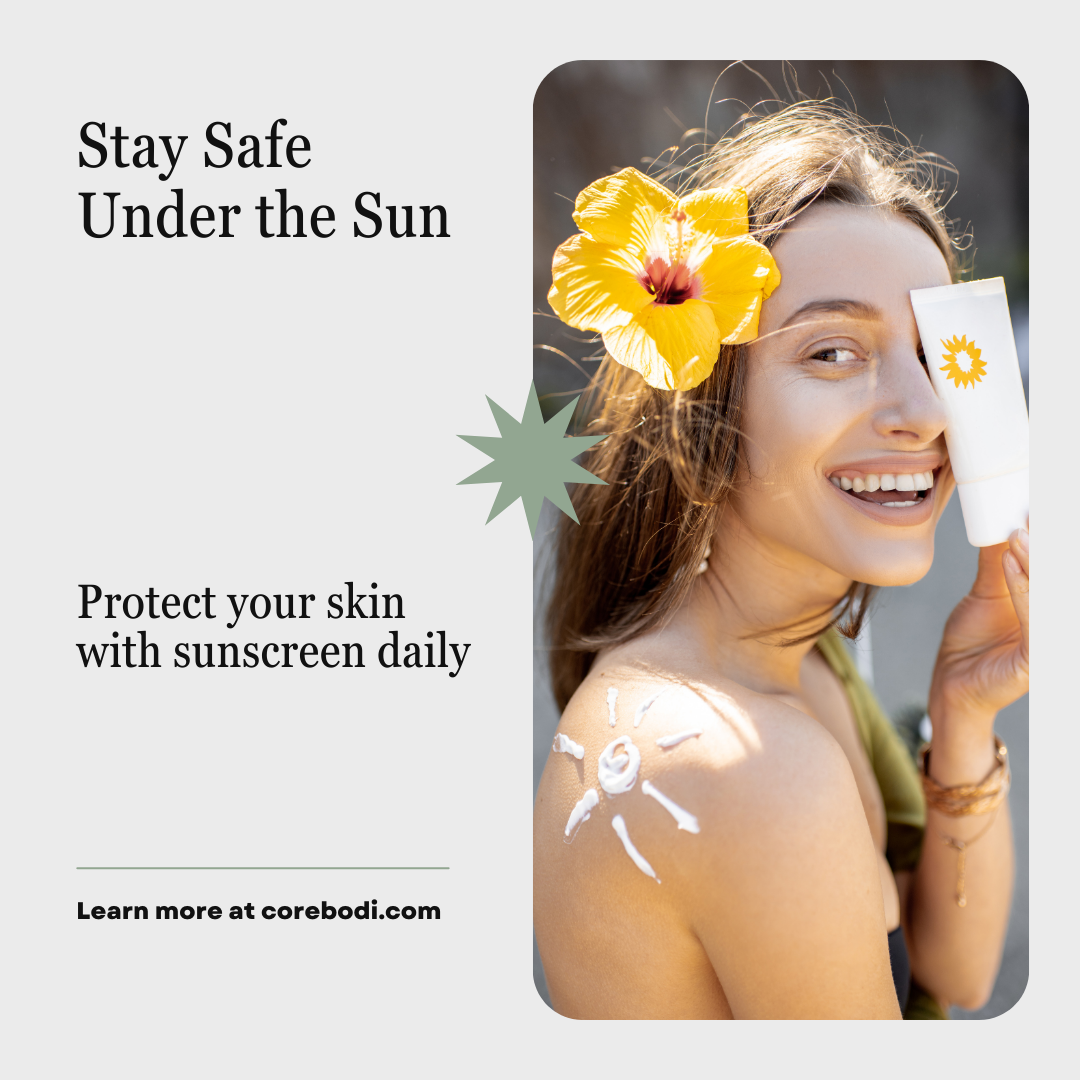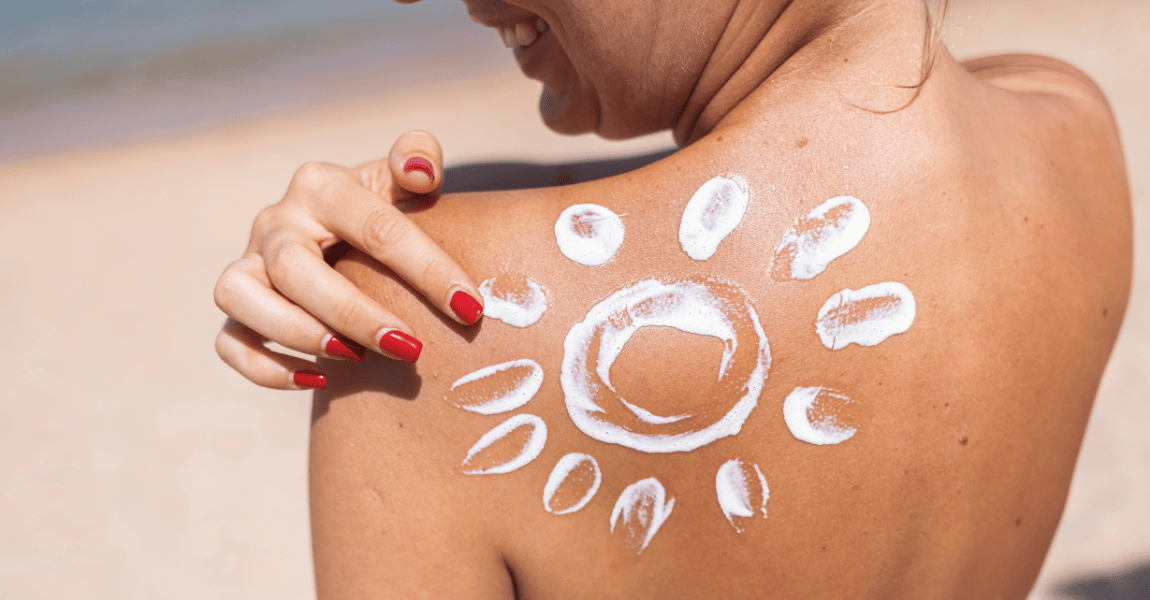What is the difference between UVA and UVB rays?
UVA and UVB Rays - What's the Difference?
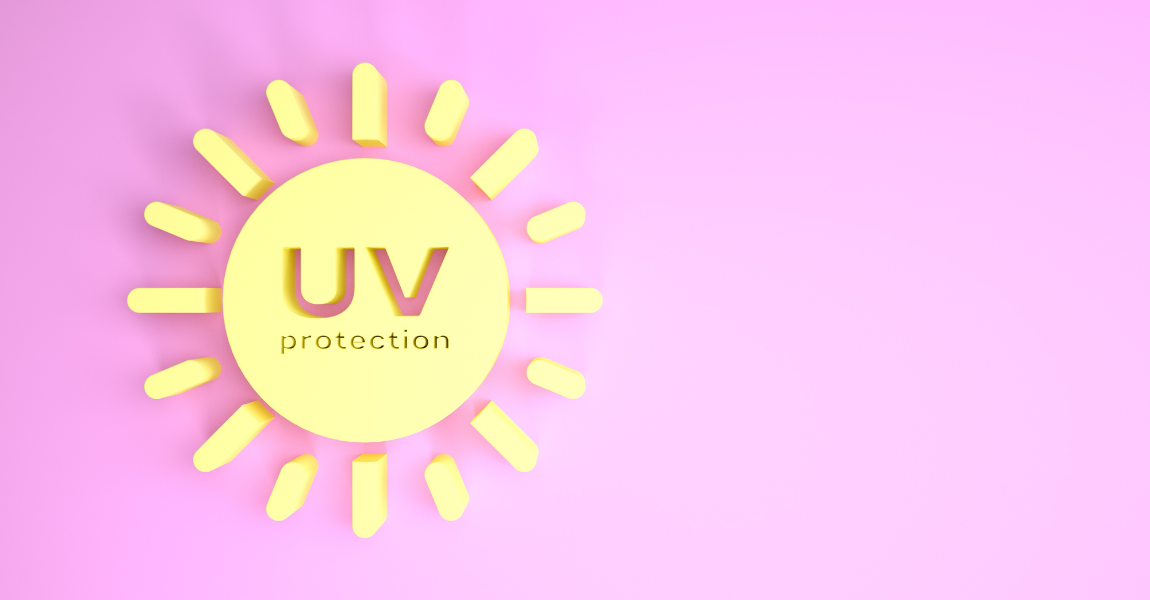
Ultraviolet (UV) radiation from the sun plays a significant role in skin health, influencing both its appearance and risk for various conditions. Understanding the differences between UVA and UVB rays is crucial for effective skin protection and prevention of long-term damage.
UVA Rays: The Silent Agers
UVA rays, often referred to as "silent agers," play a major role in premature skin aging and long-term skin damage.
These rays account for approximately 95% of the ultraviolet (UV) radiation that reaches the Earth's surface.
Their longer wavelength, ranging from 315 to 400 nanometers, allows them to penetrate deep into the dermis, the thickest layer of the skin, where they impact its structural integrity over time.
How UVA Rays Penetrate and Damage the Skin
Unlike UVB rays, which primarily affect the outermost layer of the skin (epidermis), UVA rays reach deeper into the dermal layer, where essential proteins such as collagen and elastin are found.
These proteins are responsible for maintaining skin firmness, elasticity, and smoothness. However, prolonged exposure to UVA rays breaks down collagen fibers and disrupts elastin production, leading to visible signs of premature aging, such as:
- Fine lines and wrinkles due to the loss of skin elasticity.
- Sagging skin as a result of weakened collagen structures.
- Hyperpigmentation and age spots caused by UVA-triggered melanin production.
- Uneven skin tone and dull complexion due to oxidative stress on skin cells.
UVA Rays and Photoaging
The process of photoaging is a direct result of UVA exposure.
Unlike intrinsic aging, which occurs naturally over time due to genetic factors, photoaging is preventable and occurs when chronic exposure to UVA rays accelerates skin deterioration. Studies have shown that up to 80-90% of visible signs of aging in the skin are due to sun exposure rather than natural aging.
UVA and DNA Damage: The Hidden Risk
While UVA rays do not cause immediate effects like sunburns, their ability to indirectly damage DNA makes them equally dangerous. UVA exposure leads to the generation of reactive oxygen species (ROS), also known as free radicals, which cause oxidative stress in skin cells.
This oxidative stress results in:
- DNA mutations that can contribute to skin cancer development, including melanoma.
- Damage to immune cells, weakening the skin’s ability to repair itself.
- Chronic inflammation, which accelerates aging and increases the risk of skin diseases.
Unlike UVB rays, which directly damage DNA by causing mutations in pyrimidine bases, UVA rays create a more indirect but cumulative effect, making their impact harder to detect in the short term. This is why long-term UVA exposure significantly increases the risk of skin cancer, even if there are no immediate symptoms of damage.
The Persistent Nature of UVA Rays
One of the most concerning aspects of UVA radiation is its consistent intensity throughout the day and in all seasons.
While UVB rays are strongest during midday and in summer months, UVA rays remain relatively constant from sunrise to sunset, regardless of weather conditions.
Key characteristics of UVA penetration include:
- Penetration through clouds: Even on overcast days, UVA radiation passes through cloud cover, meaning skin is still at risk.
- Ability to pass through glass: Unlike UVB rays, UVA rays penetrate glass windows, exposing individuals to potential skin damage even while indoors, in cars, or in offices.
- Year-round exposure: Since UVA rays do not significantly fluctuate with the seasons, daily sun protection is essential—even in winter.
How to Protect Your Skin from UVA Rays
Given their deep penetration and long-term damage, it is crucial to take proactive steps to protect your skin from UVA radiation. Here are some effective strategies:
1. Use Broad-Spectrum Sunscreen
- Choose a broad-spectrum sunscreen that specifically protects against both UVA and UVB rays.
- Look for sunscreens with ingredients like zinc oxide, titanium dioxide, avobenzone, Tinosorb, or Mexoryl SX, which offer strong UVA protection.
- Ensure your sunscreen has a high UVA protection factor (e.g., PA+++ rating or the Boots star rating system).
2. Apply Sunscreen Daily
- Since UVA exposure occurs year-round, sunscreen should be applied daily, not just on sunny days.
- Use at least SPF 30 or higher, as higher SPF products often offer better UVA defense.
- Reapply every two hours, especially if sweating or exposed to water.
3. Wear Protective Clothing and Accessories
- Opt for UV-protective clothing, wide-brimmed hats, and sunglasses with UV-blocking lenses.
- Long-sleeved shirts and sun-protective fabrics (rated UPF 50+) offer additional defense against UVA penetration.
4. Limit Sun Exposure During Peak Hours
- While UVA rays are present all day, reducing exposure during peak UV hours (10 AM – 4 PM) can help minimize cumulative damage.
- Seek shade whenever possible.
5. Use Window Protection
- Install UV-protective films on car and home windows to block UVA penetration.
- Many newer car models have built-in UVA-blocking glass, but not all vehicles offer full protection.
6. Incorporate Antioxidants into Skincare
- Antioxidants like Vitamin C, Vitamin E, and niacinamide help neutralize free radicals produced by UVA exposure.
- Using antioxidant-rich serums in the morning can provide an extra layer of protection.
UVA rays may not cause immediate sunburn, but their ability to silently accelerate aging and contribute to skin cancer makes them a serious threat to skin health.
Since they are present year-round, penetrate deeply, and pass through clouds and glass, daily sun protection is essential to maintain youthful, healthy skin.
By understanding the long-term risks of UVA radiation and taking preventative measures, you can significantly reduce premature aging and skin cancer risks, ensuring your skin stays resilient for years to come.
UVB Rays: The Sunburn Culprits
UVB rays, often referred to as the "burning rays," play a crucial role in immediate and long-term skin damage.
While they account for only about 5% of the UV radiation that reaches the Earth's surface, their impact on the skin is far more aggressive compared to UVA rays.
With wavelengths between 280 and 315 nanometers, UVB rays primarily affect the epidermis—the outermost layer of the skin—causing direct cellular damage that leads to sunburn, inflammation, and increased cancer risk.
How UVB Rays Damage the Skin
Unlike UVA rays, which penetrate deeply into the dermis, UVB rays are absorbed by the epidermis, where they directly alter DNA structure.
The most significant type of damage occurs when UVB radiation causes mutations in pyrimidine bases of DNA, leading to the formation of thymine dimers.
These dimers disrupt normal cellular processes, which can lead to:
- Cellular mutations, increasing the likelihood of skin cancers such as melanoma, basal cell carcinoma, and squamous cell carcinoma.
- Inflammation and immune response activation, resulting in redness, swelling, and pain—the classic signs of sunburn.
- Skin peeling, as the body attempts to shed damaged cells and replace them with new, healthy cells.
- Photoaging effects, including rough skin texture, uneven pigmentation, and premature wrinkles over time.
The damage caused by UVB exposure is cumulative, meaning repeated exposure without protection increases the risk of long-term skin damage and cancer development.
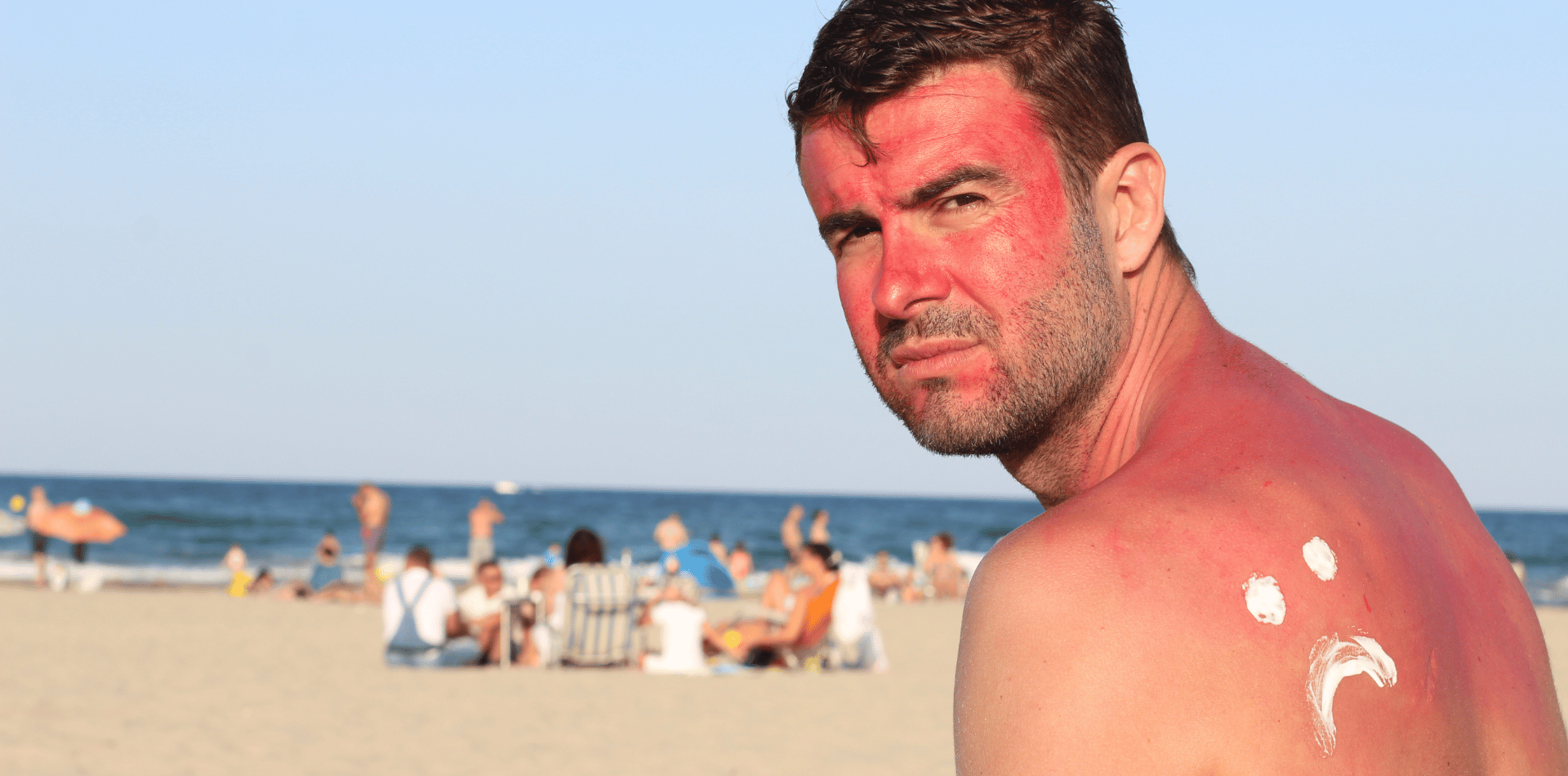
Sunburn: A Visible Warning Sign
Sunburn is the most immediate and visible consequence of UVB overexposure.
It typically appears within a few hours after sun exposure and peaks around 24 to 48 hours later.
The severity of sunburn depends on factors such as:
- Skin type (lighter skin tones are more susceptible to UVB damage)
- Duration and intensity of exposure
- Latitude and altitude (UVB radiation is stronger closer to the equator and at higher elevations)
- Seasonal variation (UVB is most intense in the summer months)
Mild sunburns may cause redness, warmth, and discomfort, while severe burns can lead to blisters, peeling, and even second-degree burns.
In extreme cases, sun poisoning can occur, causing fever, nausea, dehydration, and systemic inflammation.
UVB Intensity and Variability
UVB intensity is not constant throughout the day.
Unlike UVA rays, which remain relatively stable from sunrise to sunset, UVB radiation fluctuates based on several environmental factors:
1. Time of Day
- UVB rays are most intense between 10 AM and 4 PM, when the sun is at its highest point in the sky.
- Outside these peak hours, UVB exposure is significantly lower.
2. Seasonal Variation
- UVB radiation is strongest during summer months and weakest in winter, especially in regions farther from the equator.
- In tropical areas, UVB levels remain high year-round.
3. Latitude
- Locations closer to the equator receive higher UVB exposure due to the sun’s direct angle.
- Polar regions experience minimal UVB radiation during winter months.
4. Altitude
- UVB rays intensify with altitude, increasing by approximately 10-12% for every 1,000 meters (3,280 feet) above sea level.
- This is why skiers and hikers often experience sunburn even in cold, snowy conditions.
5. Reflection from Surfaces
- Snow, sand, and water reflect UVB rays, increasing exposure.
- Snow can reflect up to 80% of UV radiation, making winter sports enthusiasts particularly vulnerable.
6. Cloud Cover
- While clouds can block some UVB radiation, thin clouds allow up to 80% of UV rays to pass through.
- This explains why people still get sunburned on cloudy days.
UVB Rays and Skin Cancer: The Hidden Danger
The most concerning consequence of UVB exposure is its direct role in the development of skin cancer.
Because UVB radiation damages DNA at the cellular level, repeated sunburns dramatically increase the risk of mutations that lead to malignant skin tumors.
The three primary types of skin cancer associated with UVB exposure are:
1. Melanoma (the deadliest form)
- UVB-induced DNA mutations in melanocytes (pigment-producing skin cells) can cause melanoma.
- Even one blistering sunburn during childhood or adolescence doubles the risk of melanoma later in life.
2. Basal Cell Carcinoma (BCC)
- The most common form of skin cancer.
- Develops in the basal cells of the epidermis.
- Typically appears as slow-growing lesions on sun-exposed areas.
3. Squamous Cell Carcinoma (SCC)
- The second most common skin cancer type.
- Develops in keratinocytes (skin cells that produce keratin).
- Can become invasive if left untreated.

How to Protect Your Skin from UVB Rays
Because UVB rays can cause immediate damage and long-term health risks, it is essential to take proactive steps to minimize exposure:
Use Broad-Spectrum Sunscreen
- Choose a broad-spectrum sunscreen that protects against both UVA and UVB rays.
- Use SPF 30 or higher for daily use; SPF 50+ is recommended for extended outdoor exposure.
- Reapply every two hours and after swimming or sweating.
Seek Shade During Peak Hours
- Avoid direct sun exposure between 10 AM and 4 PM, when UVB radiation is strongest.
- If outside, use umbrellas, canopies, or shaded areas.
Wear Protective Clothing
- Opt for long-sleeved shirts, wide-brimmed hats, and sunglasses with UV protection.
- Choose clothing labeled UPF 50+, which blocks over 98% of UV rays.
Be Cautious Around Reflective Surfaces
- When at the beach, in snowy areas, or near water, take extra precautions as UVB rays reflect off these surfaces, increasing exposure.
Monitor UV Index Levels
- Check daily UV index reports from sources like The Weather Channel, EPA, or WHO.
- When the UV index is high (6+), take additional sun protection measures.
Stay Hydrated and Moisturize
- Sunburned skin loses moisture quickly, leading to peeling and irritation.
- Use aloe vera or cooling lotions to soothe burned skin.
Be Mindful of Medications
- Certain medications, such as antibiotics, birth control, and acne treatments, can increase UVB sensitivity.
- Consult a doctor if you are taking photosensitizing drugs.
UVB rays are a major contributor to sunburn, DNA damage, and skin cancer, making them a serious concern for long-term skin health.
While they do not penetrate as deeply as UVA rays, their ability to directly damage skin cells increases the risk of mutations and malignancies.
Protecting your skin from UVB radiation requires consistent sun safety practices, including broad-spectrum sunscreen, protective clothing, shade-seeking, and UV monitoring.
By taking these steps, you can reduce the risk of sunburn and skin cancer while maintaining healthy, resilient skin for years to come.
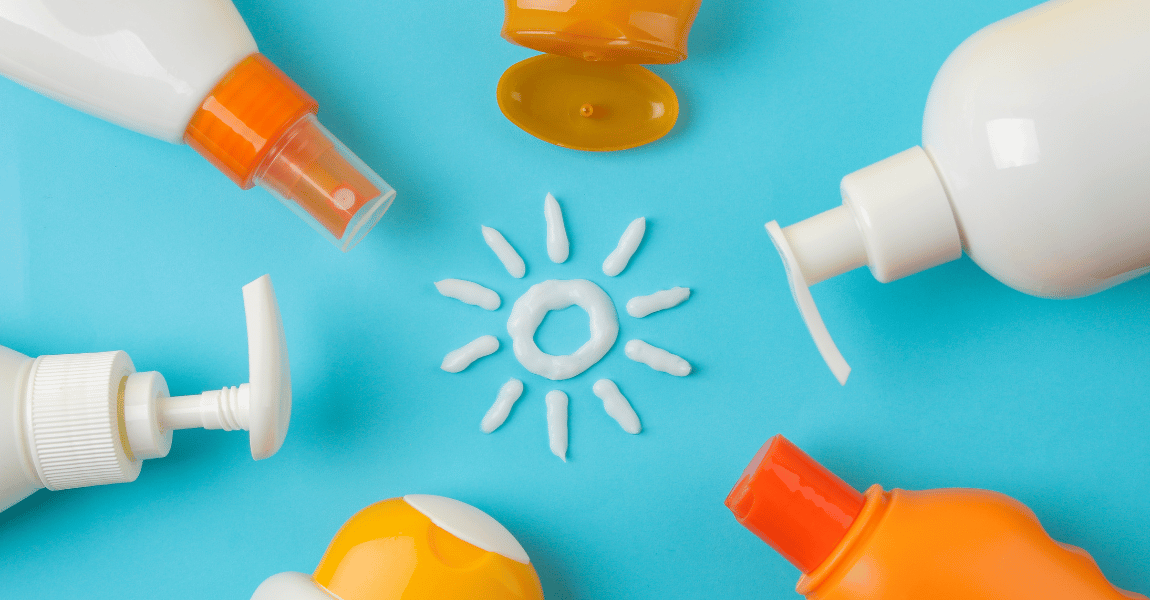
Broad-Spectrum Sunscreen: Comprehensive Protection
Given the distinct yet harmful effects of both UVA and UVB rays, using a broad-spectrum sunscreen is essential.
Broad-spectrum formulations are designed to shield the skin from both types of UV radiation, thereby preventing sunburn, photoaging, and reducing the risk of skin cancer.
When selecting a sunscreen, consider the following factors:
- Sun Protection Factor (SPF): Indicates the level of protection against UVB rays. An SPF of 30 or higher is recommended for adequate defense.
- UVA Protection: Look for products that specify UVA protection. Some regions use a star rating system or the PA+ grading to denote the level of UVA defense.
- Water Resistance: Especially important during activities involving water or sweating. Water-resistant sunscreens maintain their protective effect for a specified duration while in contact with water.
- Application and Reapplication: Apply sunscreen generously to all exposed skin areas at least 15 minutes before sun exposure. Reapply every two hours, or more frequently if swimming or sweating.
Incorporating a broad-spectrum sunscreen into your daily skincare routine is a proactive measure to safeguard your skin's health.
Coupled with additional protective strategies—such as wearing protective clothing, seeking shade during peak UV hours, and avoiding tanning beds—you can significantly reduce the adverse effects of UV radiation.
Remember, consistent protection is key to maintaining healthy, youthful skin and minimizing the risk of skin-related ailments.
More Skin Tips.
CoreBodi


